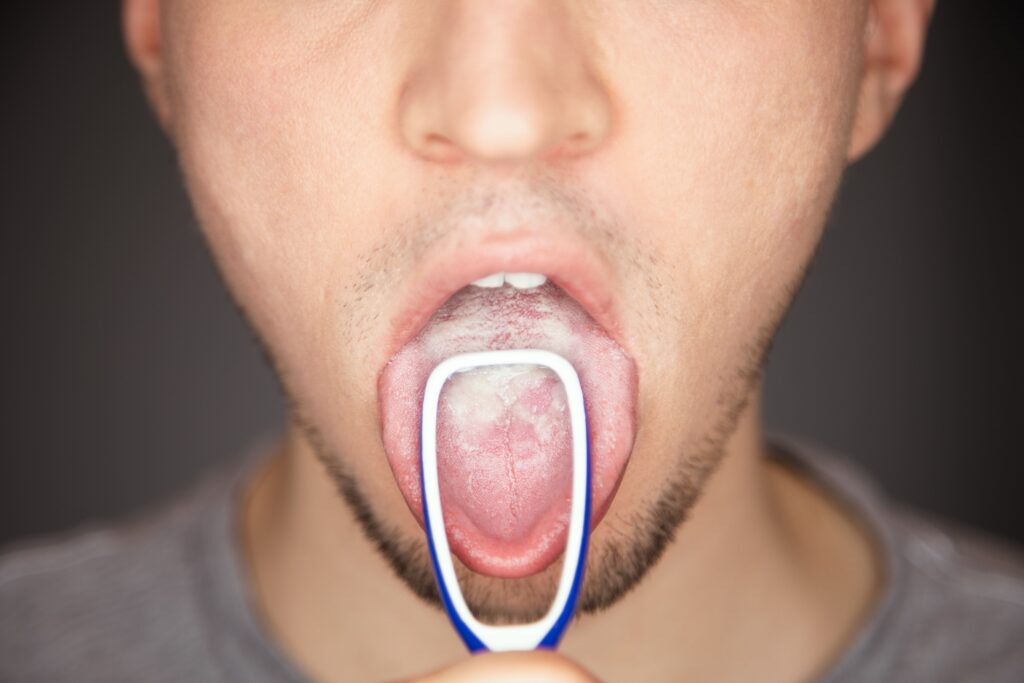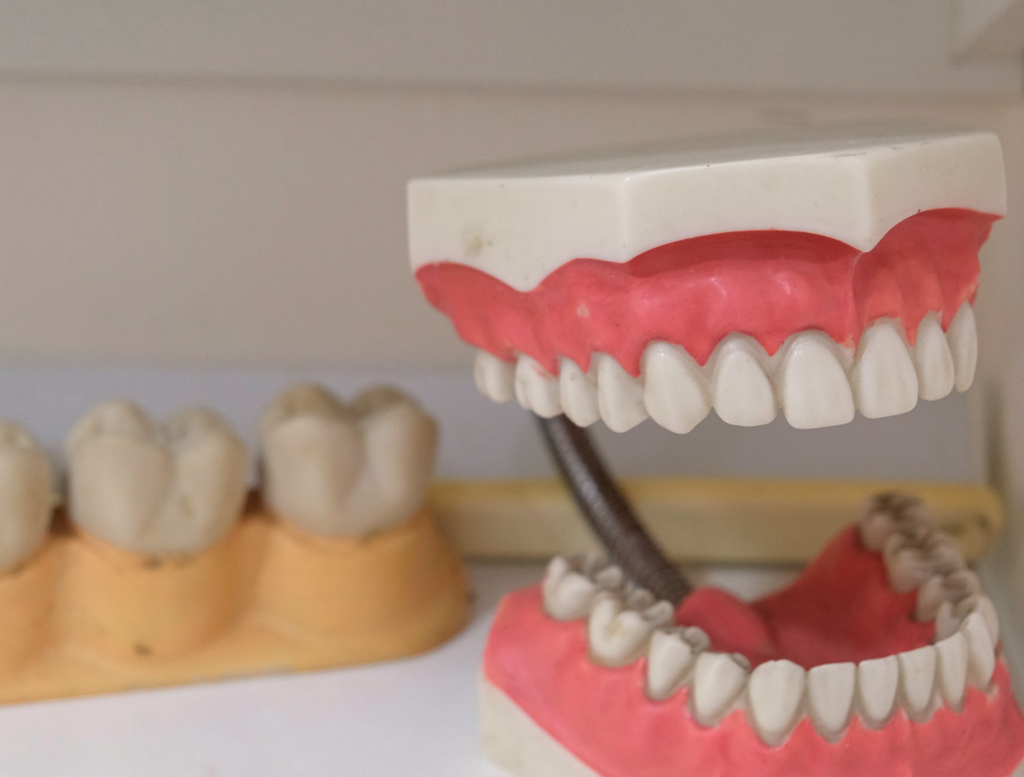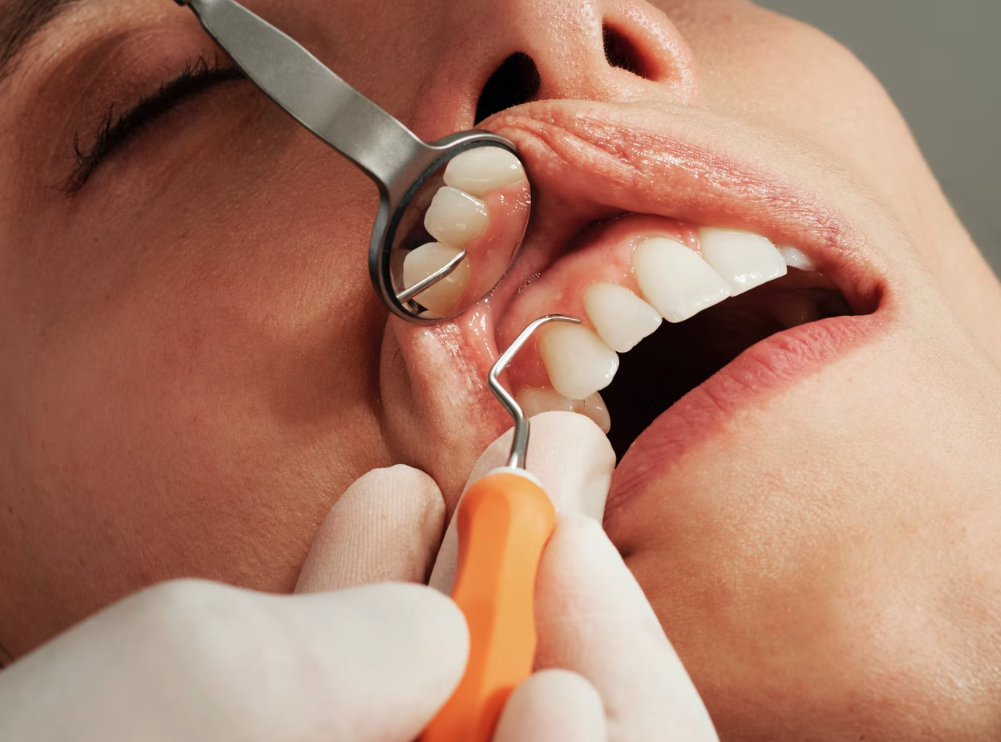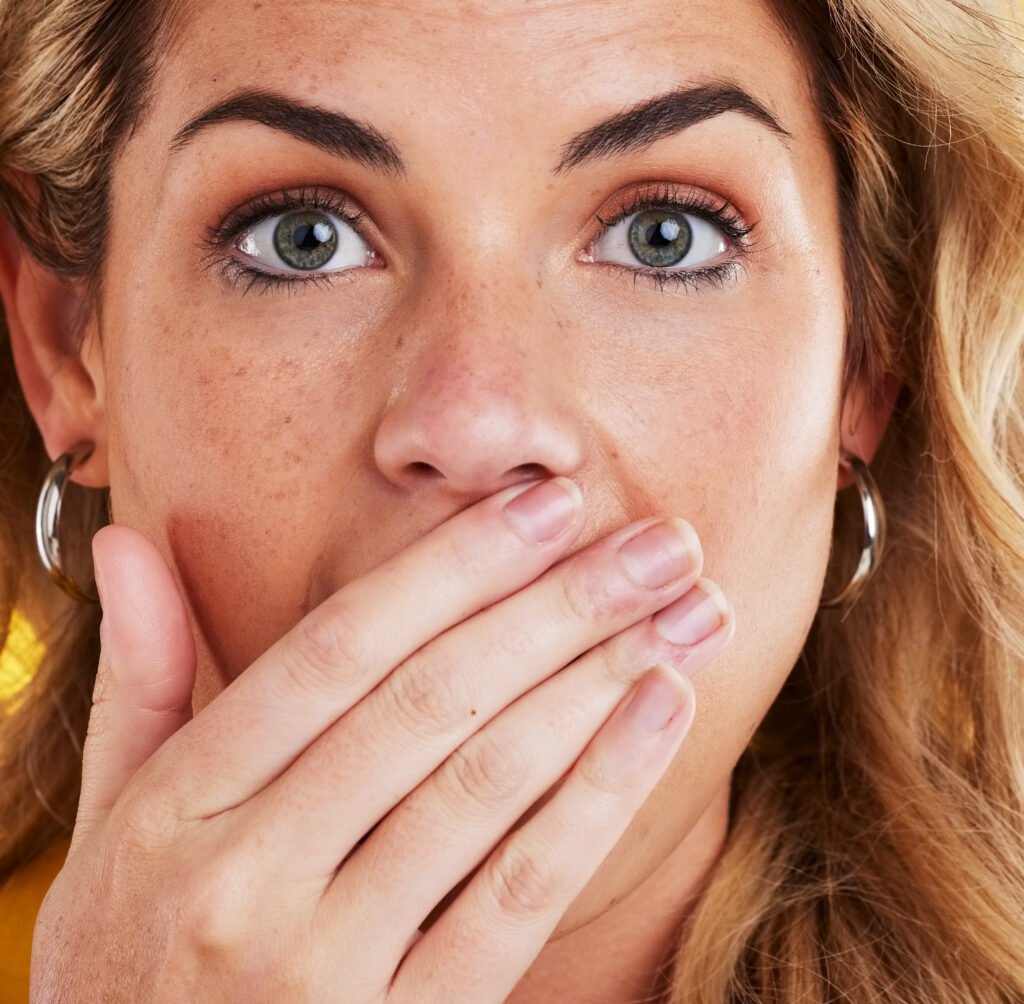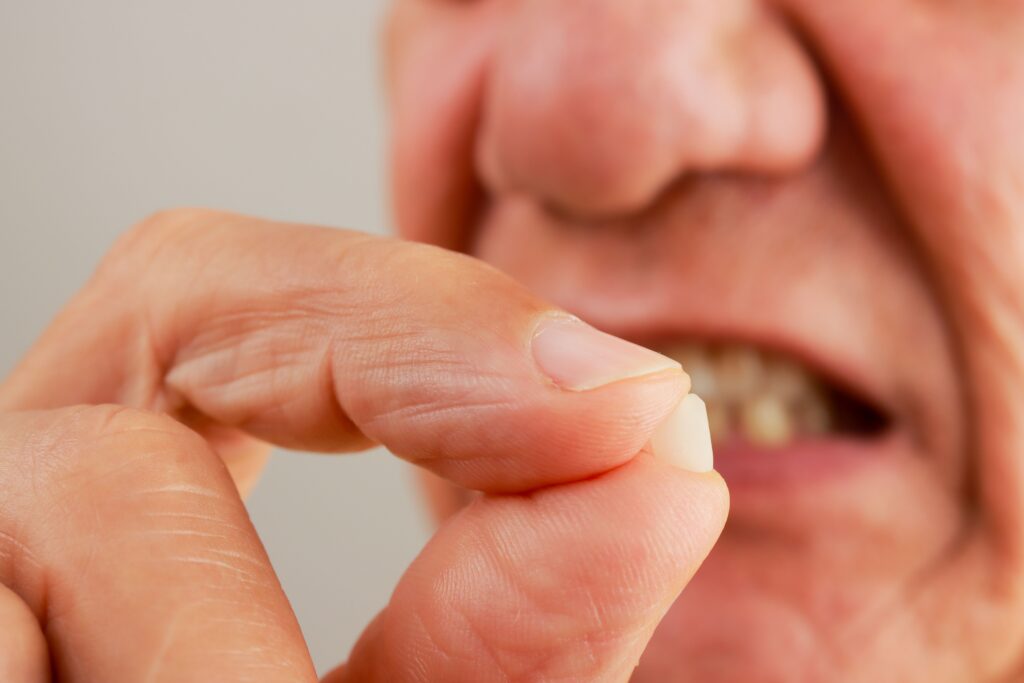Good oral hygiene is essential for maintaining healthy teeth and gums. Most people know they should brush and floss daily, but a common question often arises: should you floss or brush first? While there isn’t a one-size-fits-all answer, understanding the purpose of both brushing and flossing can help you decide the best routine for your oral health.

In this article, we’ll explore the benefits of flossing and brushing, the proper order for cleaning your teeth, and why it’s important to maintain a daily oral care routine.
Is It Better to Brush or Floss First?
The American Dental Association (ADA) has not set an official rule about whether to floss or brush first, so it ultimately comes down to personal preference. However, there are valid reasons for either choice. Let’s take a closer look at both sides:
- Flossing first: Many dental professionals recommend flossing before brushing. The reason is that flossing removes food particles and plaque from between your teeth, and brushing afterward can help sweep away this debris more effectively. When you floss first, it allows the fluoride from your toothpaste to reach between your teeth, where cavities are likely to form.
- Brushing first: Some people prefer to brush before flossing because it makes their mouth feel fresh and clean right away. For them, flossing afterward helps dislodge any leftover particles the toothbrush may have missed. This routine can also prevent you from forgetting to floss altogether.
While both methods are acceptable, the key is consistency. Whether you brush or floss first, what matters most is that you do both thoroughly.
What is the Proper Order for Brushing, Flossing, and Rinsing?
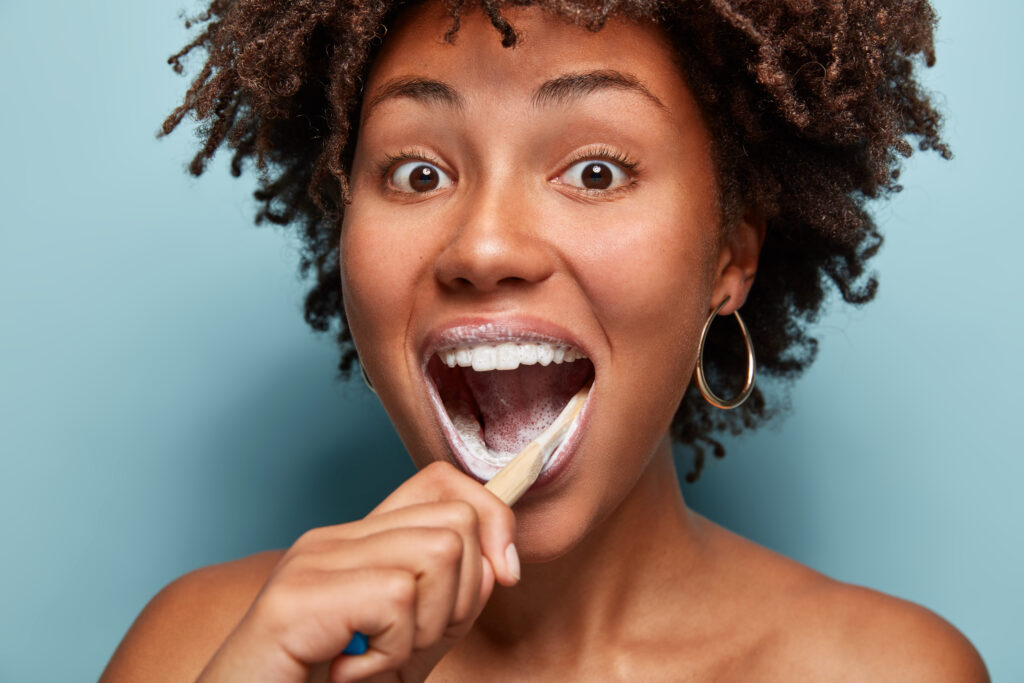
In addition to brushing and flossing, many people use mouthwash as part of their oral care routine. If you’re unsure of the proper order for these steps, here’s a suggested routine:
- Flossing: Start by flossing to remove plaque, food particles, and debris from between your teeth and below the gumline. This step allows your toothbrush and toothpaste to reach more surfaces.
- Brushing: After flossing, brush your teeth for two minutes using fluoride toothpaste. Make sure to cover all surfaces of your teeth, including the front, back, and chewing surfaces. Use gentle, circular motions to clean your teeth without damaging the enamel.
- Rinsing (optional): Some people like to rinse with mouthwash after brushing to kill bacteria and leave their mouth feeling fresh. However, if you’re using fluoride toothpaste, it’s generally better not to rinse immediately, as rinsing can wash away the fluoride that protects your teeth.
By following this order—floss, brush, rinse—you ensure that your teeth are thoroughly cleaned and protected from cavities and gum disease.
In What Order Should You Clean Your Teeth?
The order in which you clean your teeth can have a slight impact on the effectiveness of your oral hygiene routine, but what’s more important is how thoroughly you clean. Here’s a step-by-step guide for cleaning your teeth effectively:
- Step 1: Floss – Flossing helps remove plaque and food from areas that your toothbrush can’t reach. Use about 18 inches of floss and gently guide it between each tooth, curving it around the base of the tooth and going below the gumline. Avoid snapping the floss to prevent injuring your gums.
- Step 2: Brush – Use a soft-bristled toothbrush and fluoride toothpaste to brush your teeth for at least two minutes. Angle the brush at 45 degrees to your gums and use circular motions to clean every tooth. Don’t forget to brush your tongue and the roof of your mouth to remove bacteria that cause bad breath.
- Step 3: Rinse (optional) – If you prefer to use mouthwash, choose one with antibacterial properties to kill germs and freshen your breath. Swish the mouthwash around your mouth for about 30 seconds before spitting it out. Remember, if you use a fluoride toothpaste, consider waiting a bit before rinsing to allow the fluoride to protect your teeth.
Consistency is key, so find an order that works best for you and stick to it daily.
Does It Matter If You Floss Before Brushing?
There are benefits to flossing before brushing, but the most important thing is that you floss at least once a day, regardless of the order. Here’s why flossing first can be beneficial:
- Better fluoride coverage: Flossing first removes debris between your teeth, allowing fluoride from your toothpaste to reach these areas more effectively. This can help strengthen your enamel and prevent cavities.
- More thorough cleaning: Flossing helps loosen food particles and plaque that brushing alone may not remove. By brushing afterward, you can clean your teeth more thoroughly and ensure that any leftover debris is washed away.
That being said, the ADA acknowledges that the order doesn’t matter as long as both brushing and flossing are done properly. If you prefer to brush first, that’s perfectly fine, as long as you make flossing a regular part of your routine.
Why Is Flossing Important?

Flossing is a crucial part of maintaining good oral hygiene, yet it’s often overlooked. Many people assume that brushing alone is enough to keep their teeth clean, but this isn’t the case. Here’s why flossing is so important:
- Removes plaque: Plaque is a sticky film of bacteria that forms on your teeth and gums. If it’s not removed, it can harden into tartar, which can only be removed by a dentist. Flossing helps remove plaque from between your teeth, where your toothbrush can’t reach.
- Prevents gum disease: Gingivitis, the early stage of gum disease, is caused by plaque buildup along the gumline. Flossing helps remove plaque from this area, reducing your risk of developing gingivitis and more advanced gum disease (periodontitis).
- Protects against cavities: Cavities can form between your teeth if plaque and food particles are left to accumulate. Flossing helps clean these hard-to-reach areas, reducing your risk of tooth decay.
- Promotes fresher breath: Food particles and bacteria between your teeth can cause bad breath. Regular flossing helps remove these odor-causing particles, leaving your mouth feeling cleaner and fresher.
How Often Should You Floss and Brush?
The ADA recommends brushing your teeth twice a day for two minutes each time and flossing at least once a day. This combination helps remove plaque, prevent gum disease, and keep your breath fresh.
Here’s a breakdown of how often you should perform each part of your oral hygiene routine:
- Brushing: Brush your teeth in the morning and before bed. If possible, it’s also a good idea to brush after meals to remove food particles and prevent plaque buildup.
- Flossing: Floss once a day, ideally before brushing at night. This removes food and plaque that accumulates throughout the day, reducing the risk of cavities and gum disease.
- Rinsing: Using mouthwash once or twice a day is optional but can be helpful for killing bacteria and freshening your breath. Choose a mouthwash with fluoride to help protect your teeth from cavities.
Should You Use Mouthwash Before or After Brushing and Flossing?
Mouthwash can be a helpful addition to your oral hygiene routine, but when should you use it—before or after brushing and flossing?
- After brushing and flossing: Most dentists recommend using mouthwash after brushing and flossing because it helps wash away any remaining bacteria and debris. Mouthwash also provides added protection by reaching areas that brushing and flossing may miss.
- Before brushing: Some people like to use mouthwash before brushing to rinse out loose debris and give their mouth a fresh start. This can be a good option if you want to freshen your breath before brushing.
Ultimately, it comes down to personal preference. Whether you use mouthwash before or after brushing, the most important thing is that you maintain a consistent routine.
Conclusion: The Importance of a Consistent Routine
When it comes to deciding whether to floss or brush first, the most important factor is not the order but the consistency of your routine. Whether you floss before or after brushing, what matters most is that you do both regularly and thoroughly.
Flossing helps remove plaque and debris from between your teeth, reducing your risk of gum disease and cavities. Brushing cleans the surfaces of your teeth, leaving them free of plaque and bacteria. By using both floss and a toothbrush, you ensure that every part of your mouth is properly cleaned.
Remember, adding mouthwash to your routine can also help kill bacteria and freshen your breath. Whether you prefer to use it before or after brushing, it’s an optional but beneficial step in maintaining good oral health.
In summary, flossing and brushing are both essential parts of a healthy oral care routine. By doing both daily—whether you floss first or brush first—you can keep your teeth and gums in great shape for years to come.
Contact Family Tree Dental Today!
If you live near Southeast Ohio and you’re looking for a new dentist, Family Tree Dental is here to help. Our dentists and hygienists will provide you with top-notch care, whether it’s for a regular cleaning or something more serious. Contact us today for an appointment!



